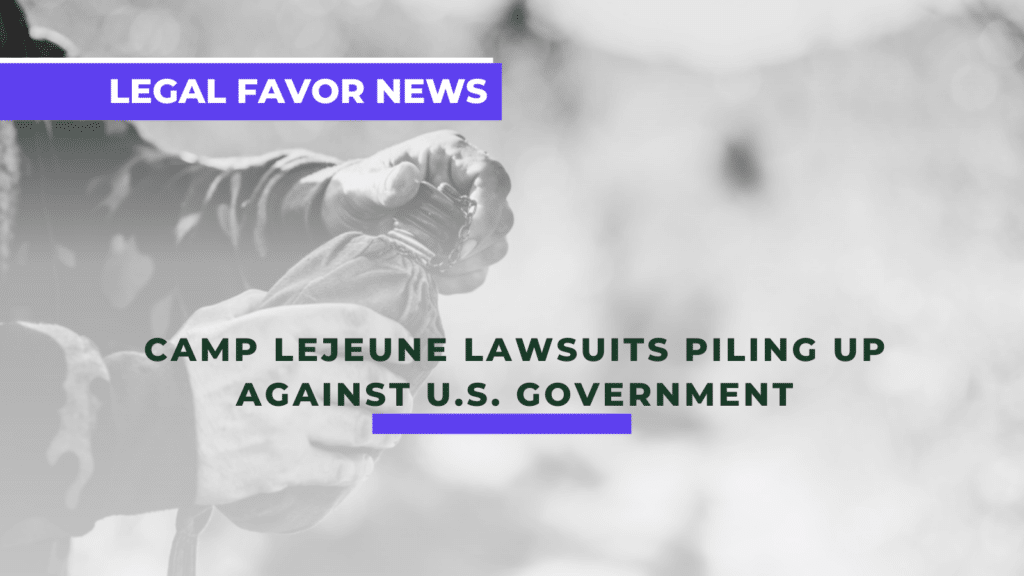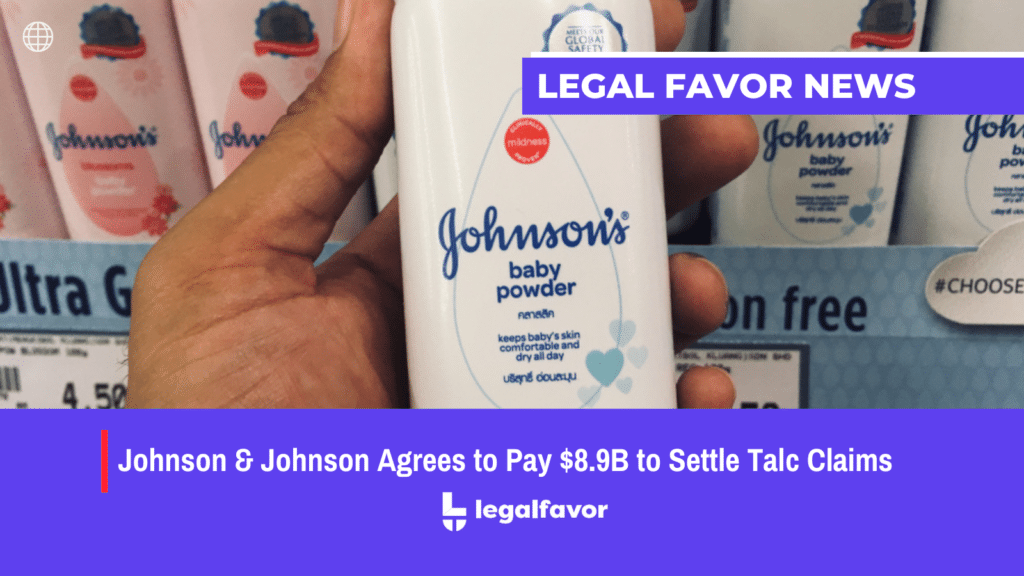Under the Uniform Trade Secrets Act (UTSA), a trade secret is defined as information that derives independent economic value because it is not generally known to the public, and it is the subject of efforts to maintain secrecy. It is important to note that, unlike copyrights, patents, and trademarks, trade secrets are not registered with a government agency. Nevertheless, these assets can be a company’s most important assets. Also, trade secrets are a very unique type of asset. This is because the more people know a trade secret in an economy, the harder it is to keep the information secret. Hence if a competitor, journalist, or blogger gets hold of such secret, the information may be put to use immediately, and in turn, its status as a trade secret may be lost.
Table of Contents
There are numerous examples of trade secrets, but some of the most common ones include: formulas, patterns, programs, devices, methods, techniques, or processes. The economic value of the information can be either actual or potential. For example, if the owner had not actually started producing the desired product, the owner can still protect the trade secret on the basis that it has the potential for economic value.
Therefore, they have some unique issues associated with them. Some of these common issues include:
- Non-disclosure agreements
- Non-compete agreements
- Infringement
- Enforcement
Non-Disclosure Agreements
One way a company can reasonably protect a trade secret is by requiring anyone, to whom they disclose the secret to, to sign a non-disclosure agreement (NDA). An NDA is a contract in which the parties to the contract promise to protect the confidentiality of any secret information disclosed to them. Essentially the contract creates a confidential relationship. There are essentially two kinds of NDAs; mutual or one-way. In regards to the former, both parties are exchanging secrets. In regards to the latter, one party will be given the secret and the other party promises not to disclose such secret.
An NDA typically includes the following things.
- (1) A definition of what information will be kept confidential.
- (2) The obligations of the party receiving the information.
- (3) The time period during which the information must be kept confidential.
- (4) Any exclusions that are involved in the agreement.
Non-Compete Agreements
Many businesses use carefully drafted non-compete agreements in conjunction with any non-disclosure agreements they have. Companies do this in order to protect their trade secrets from being misused by the competition and having both types of agreements made in conjunction minimizes such a risk (as compared to having just one or the other).
A non-compete agreement is an agreement in which an employee promises not to work for direct competitors of the employer for a limited amount of time, within a limited geographic area, or both (after leaving the company). These types of agreements are enforceable in most states, however, it is important to note that courts highly value an individual’s right to earn a living. Specifically, the court must consider the non-compete agreement “reasonable.”
In turn, each state has its own unique requirements for determining an agreement’s reasonableness. Generally speaking, a non-compete agreement should be of limited duration and restricted within a limited geographic area, and should only prohibit the employee from engaging in a limited number of businesses.
Infringement
The infringement of a trade secret is called “misappropriation”, which essentially occurs when the alleged infringer improperly acquired a trade secret or discloses the trade secret (meaning without the owner’s consent). In regards to consent, misappropriate will usually be found if, at the time of disclosure, the alleged infringer had reason to know that knowledge of the trade secret was either:
- (1) Derived from someone who obtained it from improper means.
- (2) Obtained under circumstances that give rise to maintaining its secrecy or limiting its’ use.
- (3) Derived through a person who owed a duty of confidentiality to the owner.
One of the most common defenses to misappropriate, as seen in most states, is called “independent development.” This essentially means the alleged infringer independently developed the information from one’s own pool of knowledge, or that the information was already in the public domain at the time the alleged infringer acquired such information. A weaker defense is that of “reverse engineering.” This occurs when the alleged infringer reverse-engineered a trade secret formula for the product. The reason this defense is not as strong is that, under certain legal doctrines, reverse engineering is still actionable.
Enforcement
In the United States, there is no central agency that enforces trade secrets. In most states, the owner is required to enforce their trade secret via a misappropriation lawsuit, which must be brought within the period described in the statute of limitations. Under the UTSA, the statute of limitations for bringing a misappropriate suit is three years from the time the plaintiff discovers the misappropriation, or should have discovered it with reasonable care.
The courts require the trade secret owner to show that the information at issue qualifies as a trade secret. Specifically, it must be secret information that confers a competitive advantage and was the subject of reasonable efforts to maintain its secrecy. The owner must also prove that the defendant either improperly acquired such information or improperly disclosed it.
Final Remarks: The Basics Of Trade Secrets
Overall, trade secrets are a very unique type of asset, because it is not something that can be changed or renegotiated over time. Once the trade secret is public knowledge, it will have a fundamental impact on the nature of the business. As such, these types of assets need to be regulated and treated in a very strict manner. Some of the common issues associated with trade secrets, which have been described above, are; non-disclosure agreements, non-compete agreements, infringement, and enforcement of trade secrets. In conclusion, these are some of the concepts and issues that a new business owner should be aware of when deciding to start or continue a corporation.





